Search
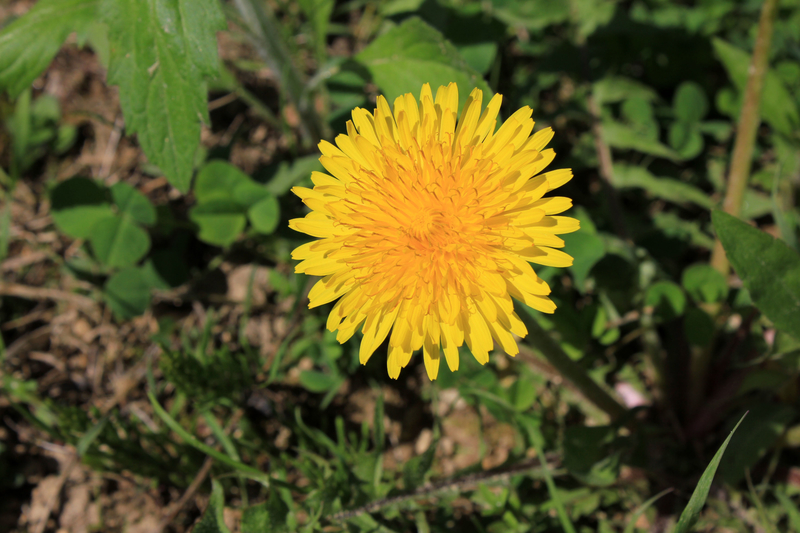
Spring Dandelion Control In Soybeans
Dandelion has become much more of a problem as farming practices have changed. Less tillage and increased use of glyphosate resistant crops along with reduced use of residual herbicides have allowed some perennial weeds such as dandelion to prevail.
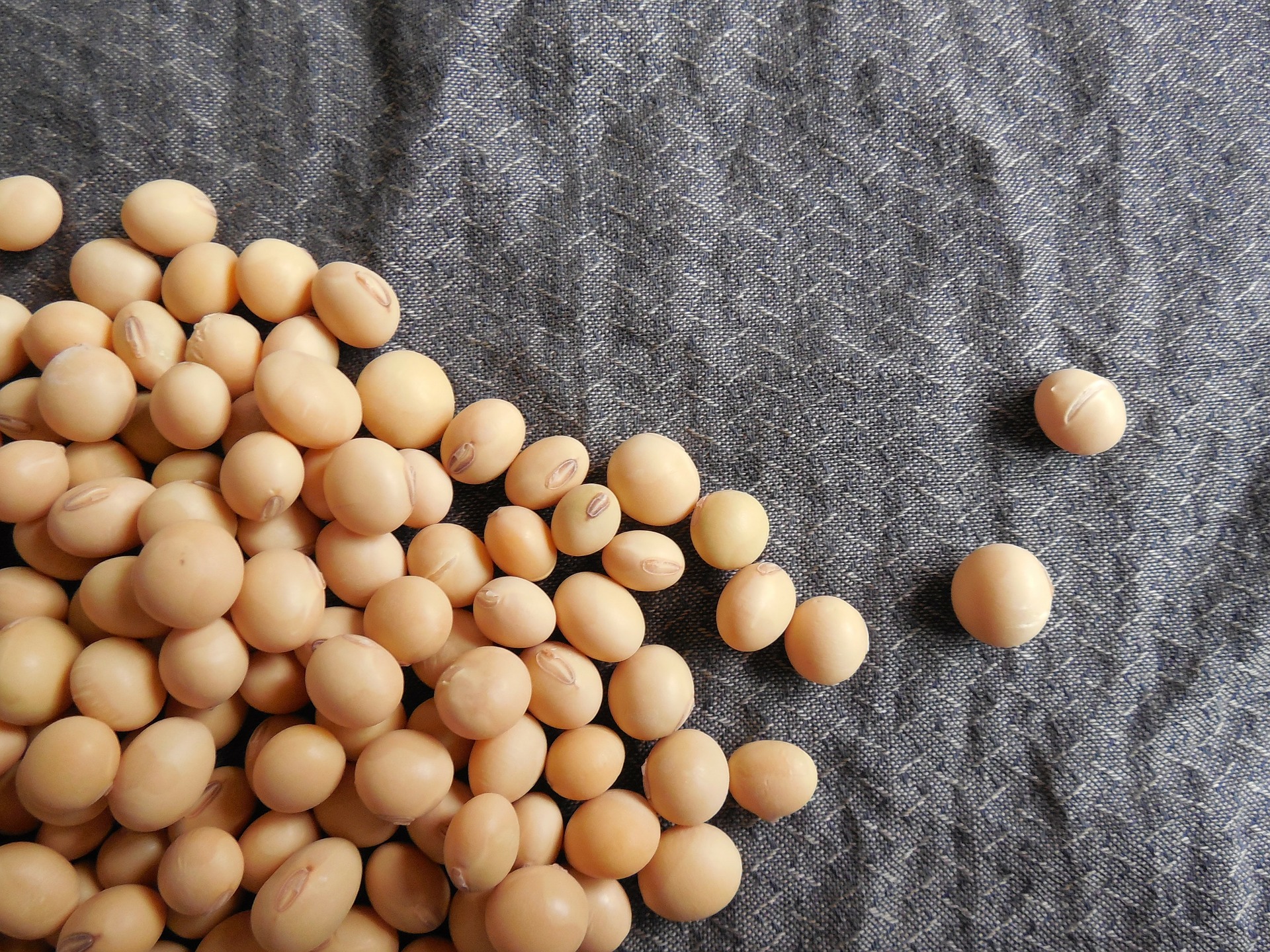
Want a Premium Price? Weed Control In NON-GMO Soybeans
Many emotions set in on farmers that hear the word “non-GMO”, but it could help them in times like today when prices are low for many farm products in South Dakota.
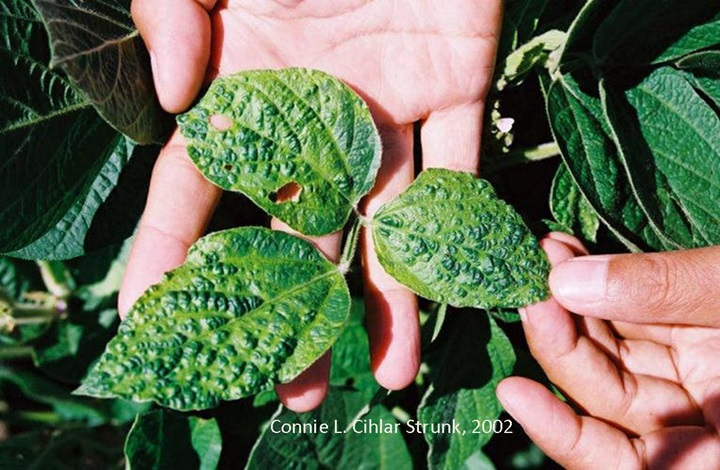
Soybean Pests: Bean Leaf Beetles and Bean Pod Mottle Virus
With the number of bean leaf beetle observations in soybean fields during 2016, the need for monitoring soybean for Bean pod mottle virus (BPMV) development increases. Bean pod mottle virus was first identified in South Dakota in 1998, and is recognized as a very economically important disease in soybean due to the potential for it to cause devastating losses to soybean yields.

Benefits of Wheat in a Corn Soybean Rotation
Crop rotation has long been recognized as a standard component of integrated pest management in cropping systems.
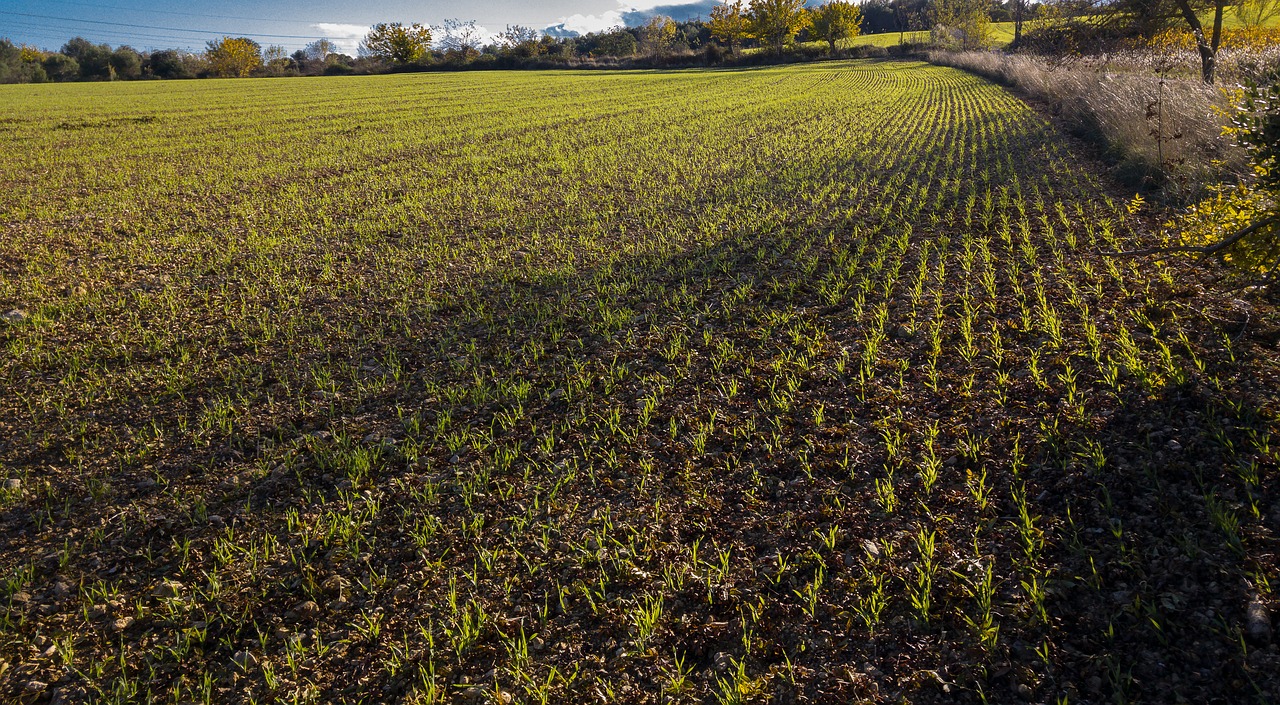
Double-Crop after Wheat?
Two crops in one year may sound tempting, and for some crop species is possible, but before doing so, producers should consider possible crops and compare the potential benefits with the drawbacks.
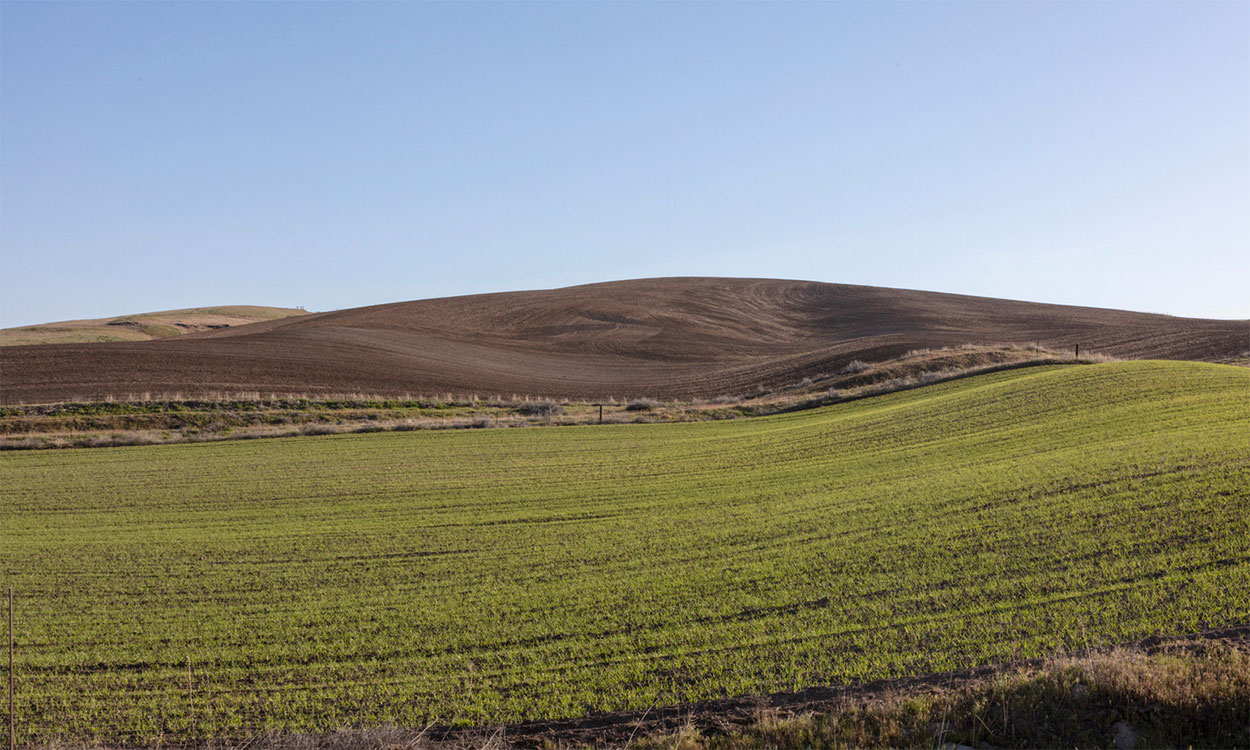
Latest Recommended Planting Dates for Spring Wheat in South Dakota
A major question that producers have been asking is, “How late can wheat be planted in South Dakota without a significant reduction in yield potential?” See our latest recommendations for those considering late planting this May.

SDSU Research Shows Effects Of Volunteer Corn In Corn And Soybeans
In 2007, researchers at South Dakota State University indicated that volunteer corn is much less competitive in corn than soybean. The South Dakota study (Alms et al. 2007) evaluated the full season effect of a range of volunteer corn densities (800-14,000 plants/acre) on both corn and soybean and reported yield losses that ranged from 0% to 13% in corn and 0% to 54% in soybean.
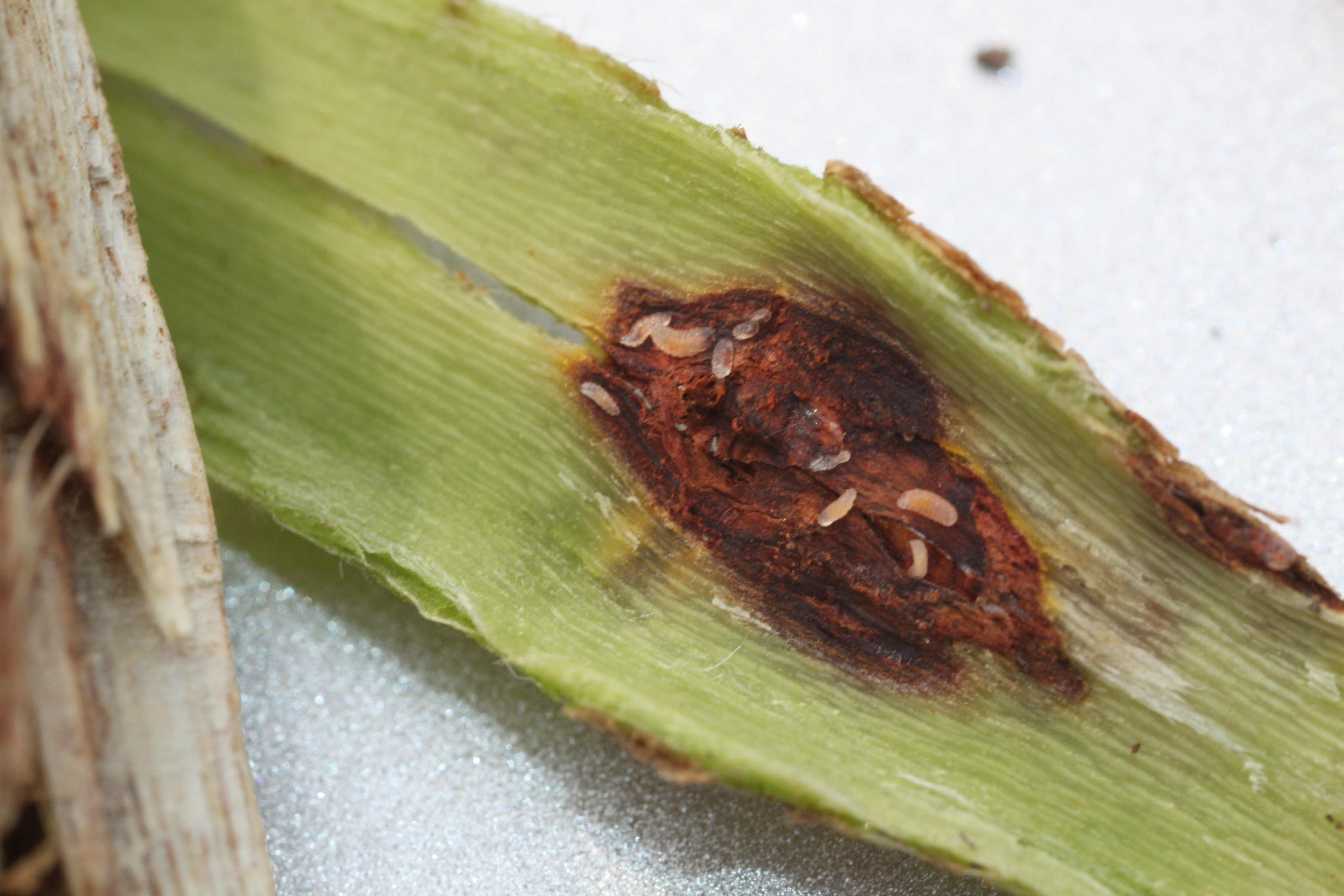
Small red maggots under your soybean plants’ epidermis? We have answers.
In 2015, we received plant samples of soybean that had small red maggots under the epidermis. Now, in 2017, we are starting to receive reports of these same insects being found under the epidermis of soybean in different parts of South Dakota.
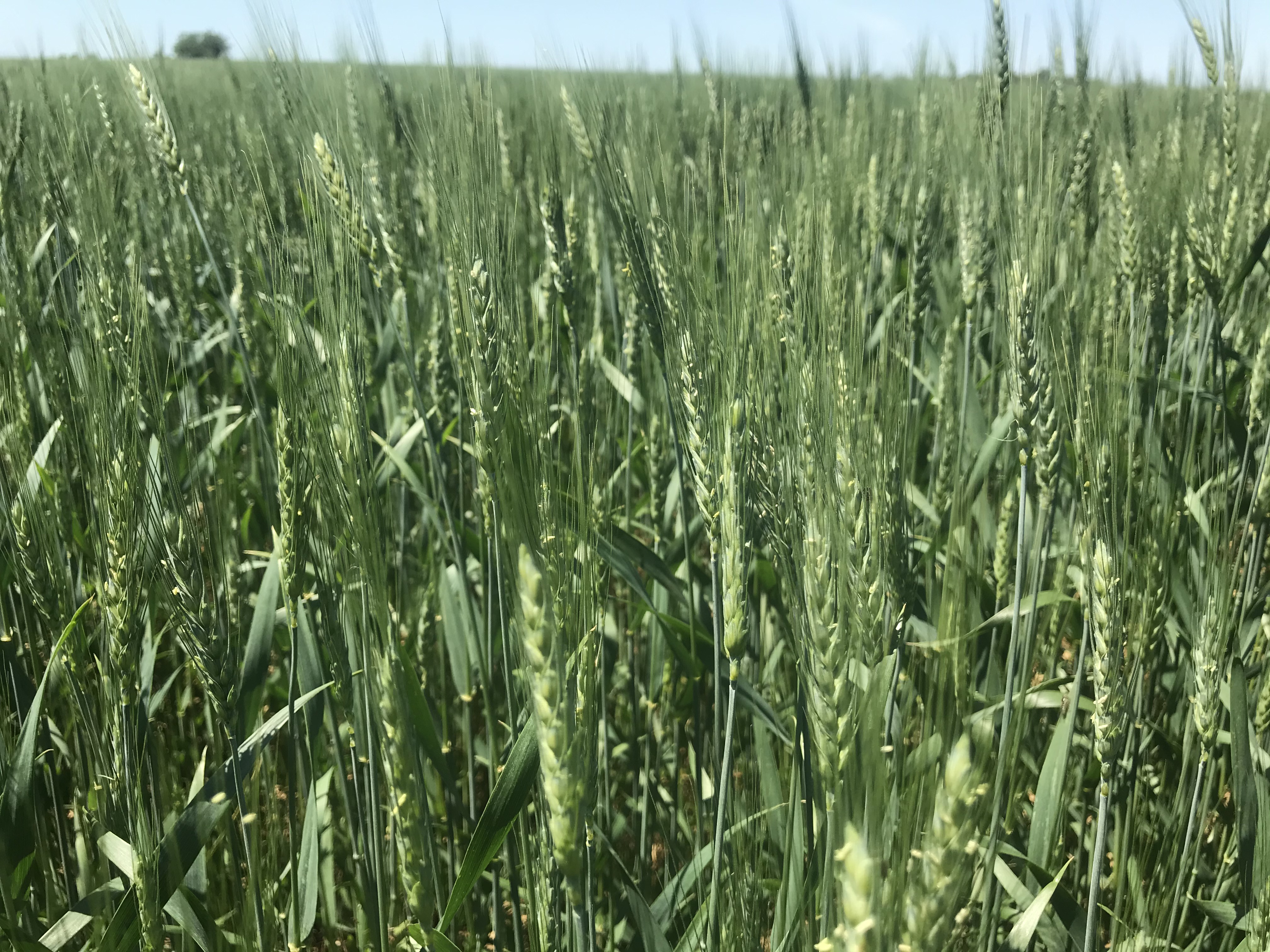
Crop Hour
SDSU Extension will deliver a series of virtual Crop Hour webinars starting January 9 through March 7, 2024, every Tuesday, Wednesday and Thursday from 10:00 a.m.-11:00 a.m. CST.